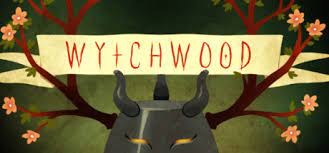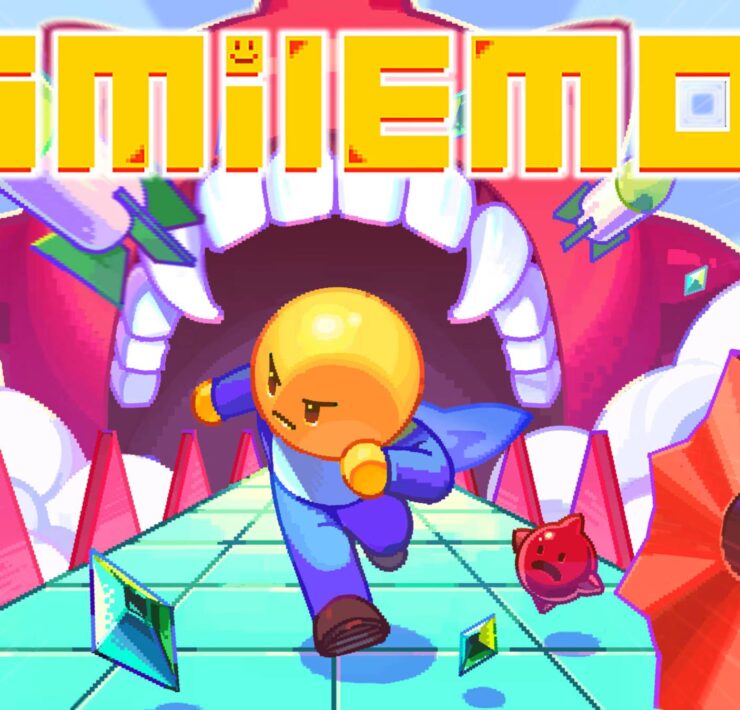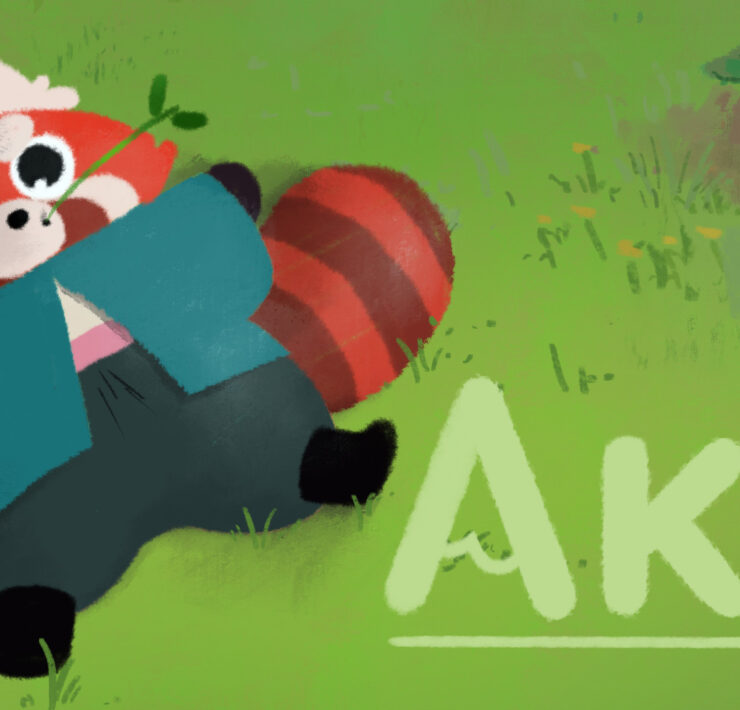Hindsight 20/20 – Wrath of Raakshasa Switch Review – Your Choices Matter
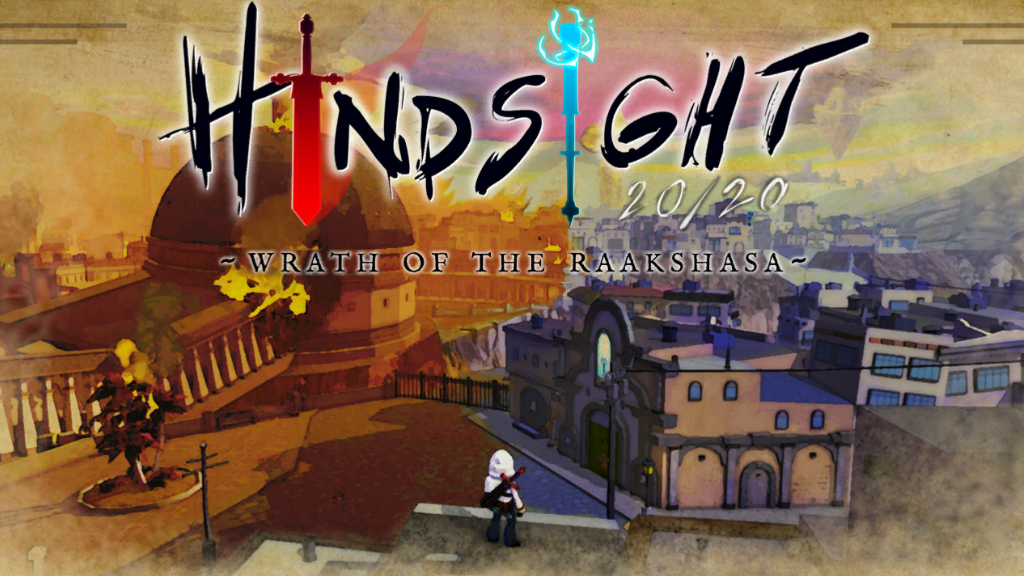
Hindsight 20/20 – Wrath of Raakshasa is an action adventure title from Triple-I Games that puts you in the shoes of one-armed warrior Jehan as they face their own demons in an attempt to right some wrongs and save his passive hometown. This is an action RPG with strong story elements that leans it more towards a Zelda-like title than anything else.
But is Hindsight 20/20 – Wrath of Raakshasa the type of game you need to add to your wishlist now and possibly even purchase? Or is this one better left in the bin… in hindsight? Let’s find out!

In Hindsight 20/20 – Wrath of Raakshasa, you play as Jehan, a resident of the peaceful town of Champaner, a one-armed warrior, and a young man who just lost his father in a tragic manner. Jehan leaves Champaner after his father’s death, and shortly afterward, a plague infects the people and turns them into blood-thirsty beasts called Raakshasas. The Raakshasas find a leader in someone named Sinha, and Sinha ends up developing a weapon of mass destruction and uses it on Champaner while Jehan is away.
Swimming in guilt, Jehan returns to Champaner and begs the gods for many years just for a chance to go back and correct things, and after so many pleas, they answer him and give him that chance. We then take control of Jehan as he walks back into Champaner before the plague begins, and our story follows an individual who is very divided. The game even allows for Jehan to choose between a killing sword and a submitting electrical rod, so as you play the game, choosing between killing people and knocking them out becomes a moral decision that you get to decide. It is heavy at times, but it is a powerful mechanic that puts the fate of your enemies in your hands.
Hindsight 20/20 – Wrath of Raakshasa‘s story is a heavy one, and it is told really well at times. Jehan is easy to connect with, as his tragedy is hard to neglect. His pain is easy to feel, so the difficult choice of whether to kill or not becomes a running theme throughout the entire game. There are moments that feel a bit unnecessary, as some random side-quests have bigger dungeons and boss fights than more important story parts, but overall, the narrative is a striking one that compliments the flow of the game.

This is a third-person action RPG where gameplay is subject to hub area interactions with the townspeople and dungeon-like areas where you fulfill requests from the people in order to save their loved ones or accomplish a particular task. Because of the choice narrative, Jehan makes the choice to ignore the requests completely (Although you do need to do some to progress), and he also has the choice to not fulfill the request at the end of the dungeon. For example: a man asks you to save his wife, but she has turned into a Raakshasa. You can either a) subdue her and bring her back to him to win his favor or b) kill her and destroy your relationship with the man. Like I said before, tough choices.
The progression within the dungeon areas is pretty standard. Jehan goes through room after room after room collecting different colored keys to continue moving on until ultimately arriving at the end. Rooms can either be filled with enemies for you to kill or subdue, or it may be a puzzle room. The combat sequences are fine, but they are rather bland and things do not really evolve well over the course of the game. Puzzles, similarly, are not so puzzling and fail to grow in difficulty well over time, which is a shame, because the puzzles are a fun and unique idea.
One of the things I dislike the most about Hindsight 20/20 – Wrath of Raakshasa is the counterintuitive means of running around a dungeon because a yellow key unlocks a door upstairs, then you get a green key for a door downstairs, then you get a blue key for a door on the other side of the dungeon, and then you get a red key that takes you elsewhere. This makes the flow of some dungeons exhausting, and since a stamina bar prevents Jehan from dashing endlessly through these areas, movement from point A to point B can be a bit of a drag. Honestly, some of these dungeons are just not designed very well.

Combat is really strange, to be honest, because the game does not like you attacking the same individual multiple times in a row. This forces you to do combos against multiple enemies in order to actually rack up your combo meter to 6 which allows you to perform a special attack to finish off the combo. Shakti is a yellow meter you have that also allows you to perform very powerful attacks once full, and these attacks normally take out minions in one hit and they do lots of damage to bosses.
Jehan is also able to dash and combine such action with his attacks. It is a nice assortment of abilities for our hero, but I find the forced comboing to be a bit of a nuisance. You see, combos should not be subject to flying back and forth between different enemies just to build up the meter. Instead, like the mass majority of action games out there that have comboing, doing so in whatever way works best for you should be the standard.
Bosses do not follow this logic, though, but I did find the boss fights to be a bit problematic. There would be times where I am wailing on them and none of their health is depleting, and then I just get one hit in and a chunk of the health would go down. I rarely fully understood what actually damaged the bosses, but following the logic of swinging your weapon at them when they are tired or deflecting projectiles back works well and will get you through the battle.
Hindsight 20/20 – Wrath of Raakshasa has four difficulty modes ranging from Story for those who want a more casual experience up to Expert for those not satisfied with the normal hardships of life. No matter where you land on the spectrum, all the modes are still challenging, including Story.

Hindsight 20/20 – Wrath of Raakshasa is honestly a strange one. On the one hand, there is a great story here with some relatively dynamic decisions to make that will alter the course of things to come. The ability to decide what weapon to use in a given moment is an awesome mechanic that really puts your enemies’ fate in your hands. On the other hand, though, the overall combat and dungeon system is a bit repetitive and drags the experience despite the well-told story.
This may have everything to do with the amount of time it takes to run around a dungeon, solve puzzles, defeat enemies, and possibly fight a boss at the end in order to get back into the flow of the campaign. Jehan is a very interesting character with a lot of depth, but recalling that after spending a lot of time in a dungeon where story is not always progressing takes some effort on your part.
It is still a solid game, and there is plenty to do here. However, for those of you struggling with storage space on your Switch, I hate to say that Hindsight 20/20 – Wrath of Raakshasa comes in at a whopping 17.2 GB, which is massive for an indie title. Despite, if you have the space and don’t mind the repetitive dungeon sequences, this is a wild story of betrayal, pain, grace, and redemption. There is a lot to chew here, so if you are looking for a heavy experience (Both story and storage), check out Hindsight 20/20 – Wrath of Raakshasa, especially if it goes on sale.
Hindsight 20/20 – Wrath of Raakshasa Review provided by Nintendo Link
Review also found on OpenCritic
Publisher: Triple-I Games
Developer: Triple-I Games
Release Date: September 9th, 2021
Price: $14.99, £11.29, €12,69
Game Size: 17.2 GB
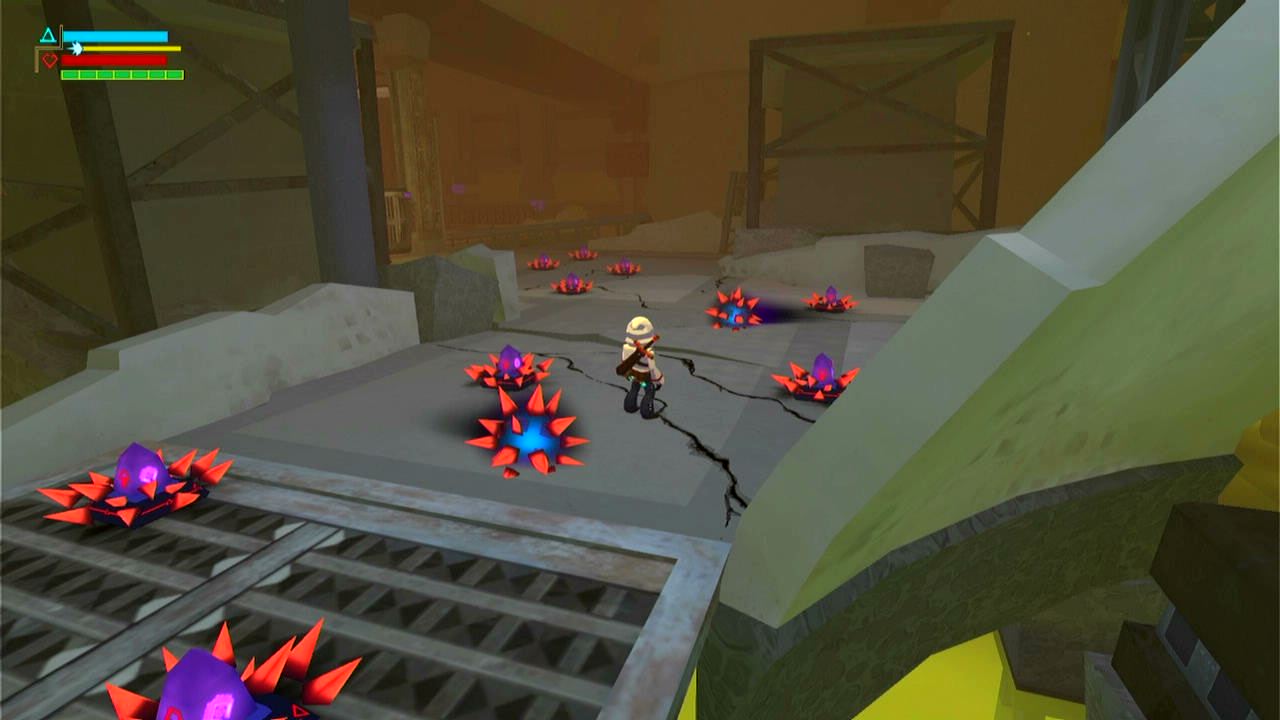
Heavy story with strong themes
Kill/Subdue mechanic
Good art style
Dungeons can be a drag
Boss fights can be confusing
What's Your Reaction?
My name is Jason Capp. I am a husband, father, son, and brother, and I am a gamer, a writer, and a wannabe pro wrestler. It is hard to erase the smile on this simple man.






